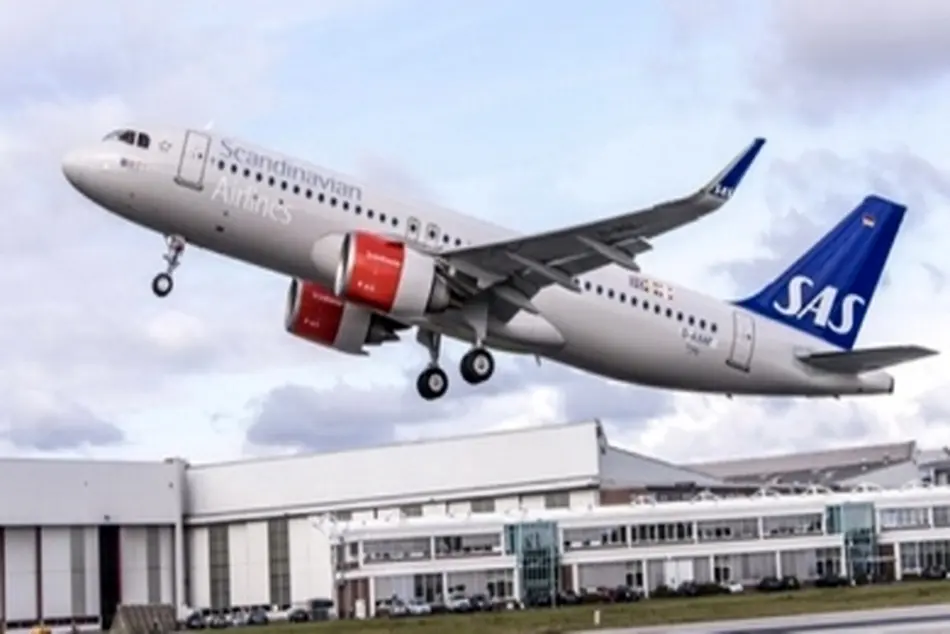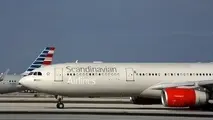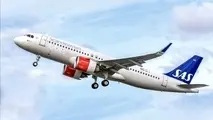SRA Warns Regional Air Routes In Sweden At Risk Following BRA-SAS Agreement
Several regional routes in Sweden are at risk of disappearing following Braathens Regional Airlines’ (BRA) decision to move flights from Stockholm Bromma Airport to Stockholm Arlanda Airport following its partnership with Scandinavian Airlines (SAS), according to Swedish Regional Airports (SRA).

Several regional routes in Sweden are at risk of disappearing following Braathens Regional Airlines’ (BRA) decision to move flights from Stockholm Bromma Airport to Stockholm Arlanda Airport following its partnership with Scandinavian Airlines (SAS), according to Swedish Regional Airports (SRA).
The organization says the move, part of a wet-lease agreement between BRA and SAS, could jeopardize service to smaller regional airports, leaving them without scheduled flights.
“After the turn of the year, BRA will basically phase out its entire route network to all our regional airports, even if some are re-emerging,” says a statement from SRA, which is owned by the Swedish Regional Airports Association, a cooperation between Sweden's non-state-owned airports.
It warned that routes to Växjö, Kristianstad, Halmstad and Kalmar are set to end—although SAS may consider returning to Halmstad and Kalmar. Seasonal flights to Sälen will also cease.
SRA acknowledges that the collaboration is necessary for both BRA and SAS, given their recent financial struggles, but it warns that BRA’s shift away from smaller routes to concentrate on more profitable operations for SAS will leave regional airports vulnerable.
It adds that this will impact accessibility and regional growth, highlighting broader challenges in Swedish domestic aviation such as reduced flying and slow post-pandemic recovery. Airline capacity from and within Sweden totals about 2.1 million seats during September 2024, according to OAG Schedules Analyser data. This is down by 23% on 2019 levels.
The organization says that the Swedish government’s decision to scrap a tax on airline tickets from July 2025 will “marginally improve conditions,” but claims that the "flight shame" movement continues to affect domestic air travel.
However, SRA highlights that biofuels could be key to preserving regional routes—and called for travelers, businesses and government bodies to invest in biofuel. “We must spread the knowledge that it is possible to fly fossil-free,” the organization says.
“The announcement that BRA is leaving Bromma is a real warning bell. If we don't start flying again in Sweden, more routes will disappear, and the entire aviation industry risks being impoverished. But at the same time, we have the solutions in our own hands. We can increase flying, and we can do it in a sustainable way.”
BRA and SAS announced a new wet-lease partnership on Sept. 17, through which BRA will operate several aircraft on behalf of SAS, focusing on key domestic routes within Sweden. However, the shift from Bromma to Arlanda raises questions about the future of the former airport.
BRA accounts for about 95% of scheduled capacity from Bromma at present, according to OAG data. At some smaller regional airports that are not operated by state-owned Swedavia, BRA has a capacity share of 39% at Växjö, 100% at Kristianstad, 78% at Halmstad and 64% at Kalmar.

